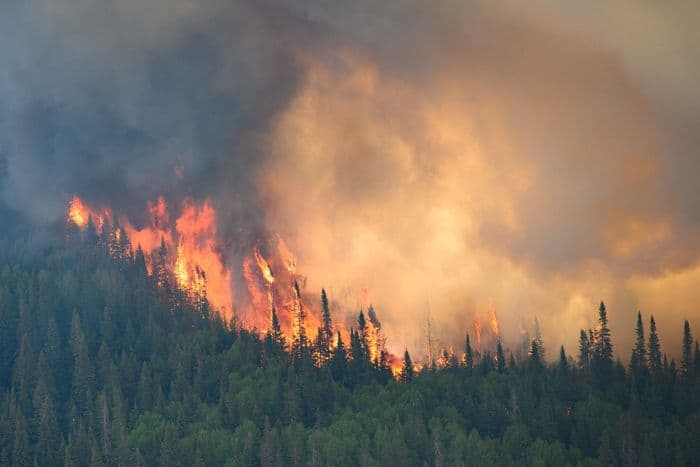
This article was originally published in The Wall Street Journal.
As wildfires rage across Canada, Americans on the East Coast and in the Midwest face a public-health threat familiar out West: wildfire smoke. Tiny soot particles can penetrate the lungs and even cross into the bloodstream, causing respiratory and heart problems. Yet environmental laws stifle one of the most effective tools to reduce wildfire pollution: prescribed fires.
Prescribed fires are deliberate burns set under controlled conditions to remove dense vegetation before it becomes fuel for a more destructive inferno. Prior to European settlement, Native American communities routinely used similar burning practices, but the federal government largely stamped out intentional burning in the early 20th century. Policies of total fire suppression have created unnaturally dense forests that fuel today’s megafires.
Now, after several record-setting wildfire seasons, some federal agencies and Western states are looking to boost prescribed burning. But federal pollution laws could get in the way. Under the Clean Air Act, wildfires are considered “exceptional events,” and the pollutants they emit are typically exempt from regulatory scrutiny. Prescribed burns generally receive no such exemption when the Environmental Protection Agency measures a state’s compliance with air quality standards. States may face penalties including loss of federal highway money if they exceed pollution standards while mitigating against more harmful smoke from wildfires.
Earlier this year, the EPA proposed tightening particulate matter standards. Some fire experts and forest managers warned that the new rule could suppress state and federal prescribed fire programs and ultimately increase wildfire smoke pollution. In a letter to the EPA, a group of Stanford researchers argued that “unless the agency modifies its implementation approach to protect the use of beneficial fire, the proposed rule will have significant unintended consequences for air pollution, public safety, and ecosystems.”
Obtaining an exemption for a prescribed fire under the Clean Air Act is already so arduous that states are reluctant to implement or expand burn programs. The Government Accountability Office recently reported that the approval process is so burdensome that only one state has submitted and been granted an exemption from the EPA, a project in Kansas in 2012.
If these barriers remain in place, wildfires are likely to grow worse, eroding decades of air-quality improvements. According to a 2022 study led by Stanford researchers, smoke emitted from recent wildfires in parts of the West was comparable in magnitude to the total reductions in particulate pollution achieved in the half-century since the Clean Air Act was enacted.
The Biden administration has pledged to quadruple the amount of prescribed burning, forest thinning and other hazardous-fuels treatments as part of a 10-year wildfire strategy. For those efforts to succeed, the EPA must rethink how it regulates dirty air from “good fires.” Otherwise, federal policy will fuel the crisis it aims to solve.



